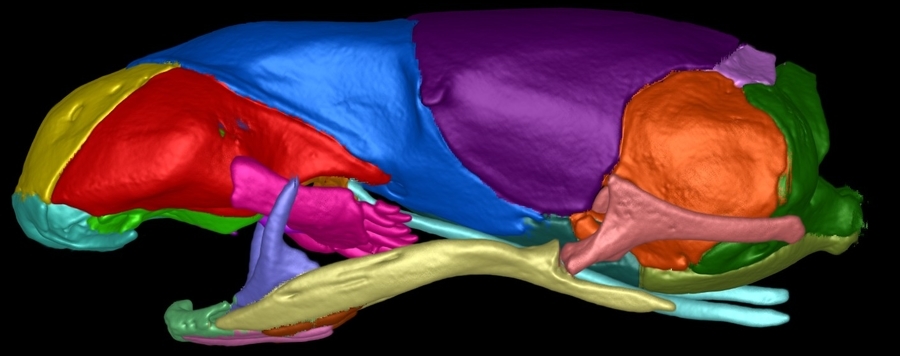
To move or not to move? Skull and lower jaw morphology of the blindsnake Afrotyphlops punctatus (Leach, 1819) (Serpentes, Typhlopoidea, Typhlopidae)
“Scolecophidians” are traditionally known for their several skull and lower jaw autapomorphies, being conspicuously different from alethinophidian snakes in terms of skull shape and function. Although typically known for the absence of any kinetic joint in the skull dermatocranium and neurocranium — mostly due to an adaptation to fossorial habit, literature data have previously suggested a possible cranial kinesis for individuals of Afrotyphlops punctatus based on observations of live and preserved individuals. Given such observations, herein we aim to describe in detail the skull of A. punctatus based on CT-scan images of five specimens, evaluating the skull morphology and inferred function, and also providing valuable discussion on the skull osteology of the genus. Our results suggest that the skull of A. punctatus is similar to other blindsnakes in lacking any trace of snout, or even a frontal–parietal articulation. We also discuss possible osteological data that might be systematically relevant for Typhlopidae both interspecifically and intergenerically.





